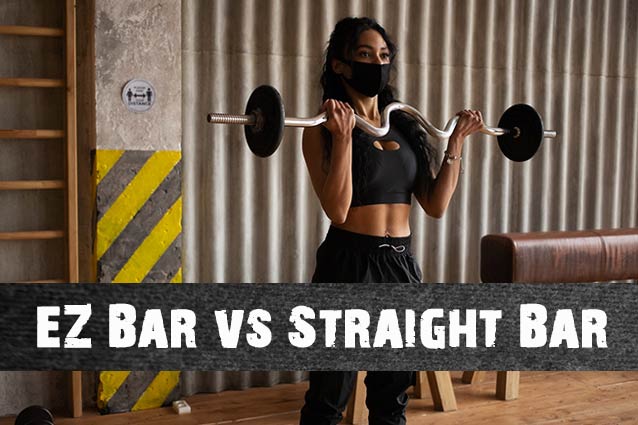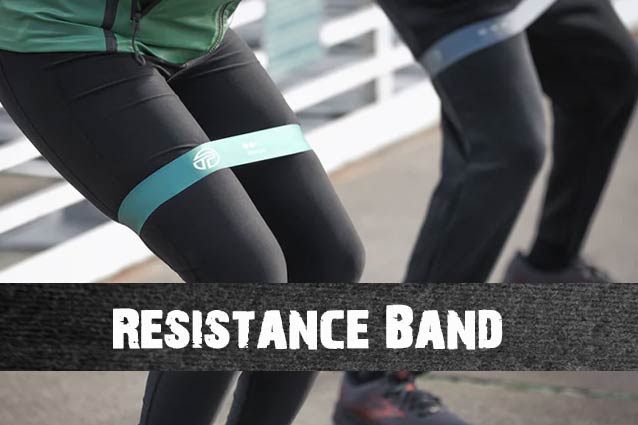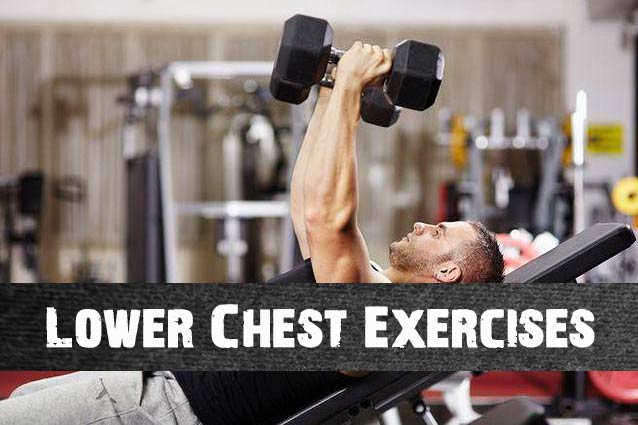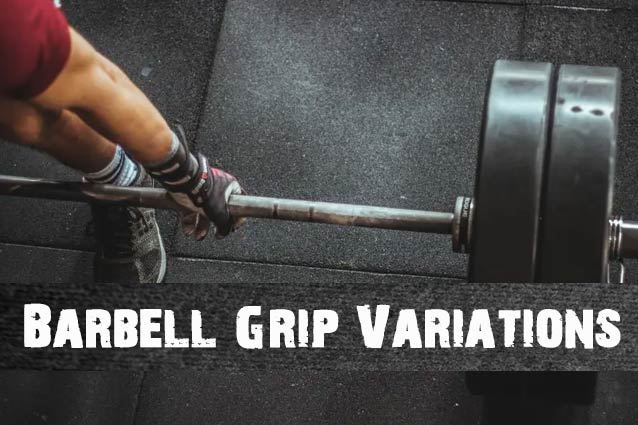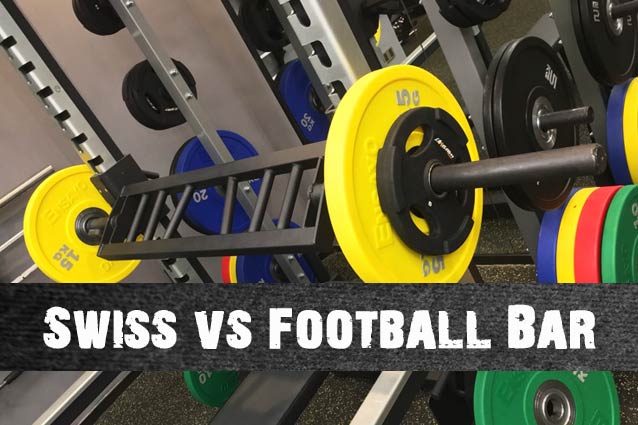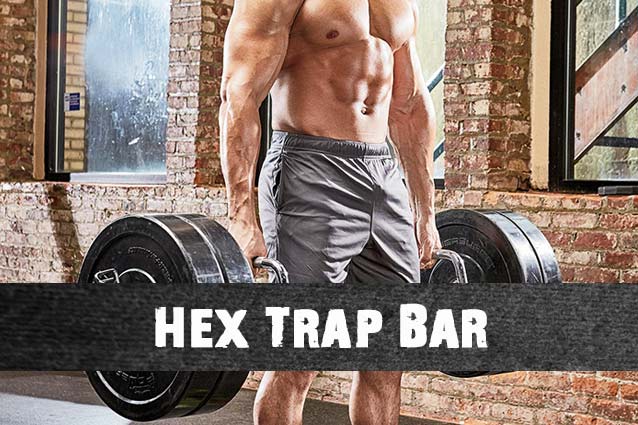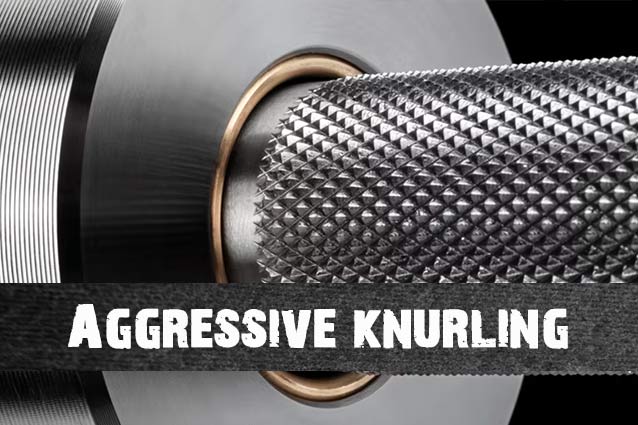Are you ready to pump up those biceps and show off your guns? Then it’s time to curl some weight!
But with so many options available at the gym, it can be hard to know which type of bar to use.
Two popular choices are the EZ bar curl and the straight bar curl.
So which one is better – the EZ bar curl or the straight bar curl?
Well, it all depends on your goals and your body. If you’re looking for a slightly easier, joint-friendly option, the EZ bar might be the way to go.
But if you’re all about that classic straight bar look and feel, or if you’re a seasoned lifter looking to really push your limits, the straight bar could be your new best friend.
Weight & Length
The EZ bar is typically lighter and shorter than the straight bar, as it is designed to reduce stress on the wrists and elbows.
| Weight & Length | EZ Bar Curl | Straight Bar Curl |
|---|---|---|
| Weight | Usually weighs around 15-25 pounds | Weighs between 30-45 pounds |
| length | Usually around 4 feet long | Around 6 feet long |
Muscles Worked
Both EZ bar curls and straight bar curls target the biceps, brachialis, and brachioradialis muscles in the upper arms, but the degree of activation and the specific muscles worked can vary slightly depending on the type of bar used.
EZ bar curls are performed using a specialized bar with angled grips, which can help to reduce stress on the wrists and elbows. This can be particularly helpful for people who experience discomfort or pain when performing straight bar curls.
With EZ bar curls, the brachialis muscle, which lies underneath the biceps, tends to be more heavily recruited, which can help to create more overall upper arm size and thickness.
On the other hand, straight bar curls are performed with an Olympic straight barbell, which can provide a more direct line of pull and greater overall tension on the biceps muscles.
Straight bar curls tend to place slightly more emphasis on the long head of the biceps, which is the outermost portion of the muscle and contributes to the “peak” appearance of the biceps when it is fully developed.
In summary, both EZ bar curls and straight bar curls are effective exercises for targeting the biceps and other upper arm muscles.
EZ bar curls may be preferable for those who experience discomfort when using a straight bar, while straight bar curls may provide a slightly greater degree of biceps activation and emphasis on the long head of the muscle.
| Muscles Worked | EZ Bar Curl | Straight Bar Curl |
|---|---|---|
| Biceps Brachii | Primary | Primary |
| Brachialis | Secondary | Secondary |
| Brachioradialis | Secondary | Secondary |
| Forearm Muscles | Stabilizers | Stabilizers |
Benefits of using an EZ bar
- The main advantage of the EZ bar curl is its neutral positioning of the wrist and forearms, which will not only reduce discomfort and risk of injury but also allow for the lifter to train more effectively.
- One of the great benefits of using an EZ barbell is that it can help you avoid wrist pain, which is often an issue with straight bars. This is a crucial factor in preventing injuries during exercise.
- It’s versatile and can be used for a range of exercises such as bicep curls, tricep extensions, and close-grip bench presses.
- The angled grips on the EZ bar can allow for better muscle targeting during certain exercises, which can help you achieve better results.
Overall, using an EZ bar can be a great option for those looking to switch up their workout routine, target specific muscles, and reduce the risk of injury during certain exercises.
Benefits of using a straight bar
When performing the straight bar bicep curl, you perform both functions of the biceps, which maximizes biceps engagement throughout the entire range of motion.
This is because the biceps brachii serves two main purposes: to pull the forearm towards the shoulder and to supinate the forearm.
The straight bar also has better bicep activation as the weights are further from your body, which creates the ability to stabilize your body by working on balance and control of the weights.
Differences in grip
Compared to a straight bar, the EZ bar has a zigzag letter M shape that allows for a tilted grip, which in turn applies less pressure on the wrists and elbows, resulting in a more comfortable exercise experience.
Exercisers who suffer from wrist or elbow pain may find that using the EZ bar can be beneficial.
Moreover, the shape of the EZ barbell can slightly alter the angle of your wrist, thereby activating the biceps in a slightly different way than a straight curl.
When using a straight bar, you have the option to hold your wrist straight and hold it back or forward.
However, the straight bar lift locks your hands in a reclined position, which can increase muscle engagement through omnidirectional movement.
| Grip and Forearm Position | EZ Bar Curl | Straight Bar Curl |
|---|---|---|
| Grip | Angled (palms face each other) | Straight (palms face up) |
| Forearm Position | Supinated (palms up) | Supinated (palms up) |
Correct form and technique of the EZ Bar Curl
- Grip: Start by gripping the EZ bar with an underhand grip, with your palms facing up. Place your hands on the innermost bends of the bar, slightly closer than shoulder-width apart.
- Stance: Stand with your feet shoulder-width apart, and keep your back straight and your shoulders relaxed.
- Movement: Keeping your elbows close to your body, curl the bar up towards your chest, exhaling as you lift. Squeeze your biceps at the top of the movement, then slowly lower the bar back down to the starting position, inhaling as you lower.
- Range of motion: When performing the EZ bar curl, make sure to move the bar through a full range of motion. Lower the bar until your arms are fully extended, and lift it until your biceps are fully contracted.
- Reps and sets: Aim for 3-4 sets of 8-12 reps, using a weight that allows you to maintain proper form throughout the exercise. Rest for 60-90 seconds between sets.
- Variations: To target different areas of the biceps and forearms, you can vary your grip on the EZ bar. For example, a wider grip will place more emphasis on the outer biceps, while a closer grip will target the inner biceps.
Here’s a video guide on how to perform the EZ Bar Curl with proper form and techniques:
Proper form and technique of the Straight Bar Curl
Here’s a breakdown of the correct form and technique of the Straight Bar Curl:
- Let’s begin by standing with your feet about shoulder-width apart and slightly bending your knees.
- Take an underhand grip on the straight bar, positioning your hands at a shoulder-width distance from each other.
- Remember to keep your elbows close to your body and lift the bar gradually towards your shoulders while exhaling.
- Keep lifting until the undersides of your forearms forcefully press up against your biceps.
- Then, slowly lower the bar back down to the starting position, breathing in as you do so. Make sure to keep your movements controlled and avoid dropping the weight too fast.
- Repeat the exercise for as many reps as you desire, ensuring that you maintain proper form throughout.
Some additional tips to keep in mind when performing the straight bar curl include:
- Keep your wrists straight throughout the exercise, rather than bending them or allowing them to move around.
- Avoid leaning back or using your back muscles to lift the weight. Your biceps should be doing the majority of the work.
- If you are struggling to complete the exercise with good form, consider reducing the weight or seeking the guidance of a personal trainer or experienced lifter.
- Always warm up before beginning the exercise, and stretch your biceps and other muscles afterward to prevent injury and promote recovery.
EZ Bar Curl vs Straight Bar Curl: Comprehensive Comparison
Here is a comprehensive comparison of the two exercises:
| EZ Bar Curl | Straight Bar Curl |
|---|---|
| Uses an EZ bar with angled grips | Uses a straight bar |
| Reduces stress on wrists and forearms | Requires more wrist and forearm strength and stability |
| Allows for a more comfortable grip | May cause discomfort in wrists and forearms |
| Places more emphasis on the outer bicep | Places more emphasis on the inner bicep |
| Easier to perform for beginners | More difficult to perform for beginners |
| Less weight can be lifted compared to a straight bar curl | More weight can be lifted compared to an EZ bar curl |
Muscle Emphasis
The angle of the EZ bar grip causes the biceps to be worked differently than when using a straight bar.
| Muscle Emphasis | EZ Bar Curl | Straight Bar Curl |
|---|---|---|
| Outer Bicep | Emphasized | Less Emphasized |
| Inner Bicep | Less Emphasized | Emphasized |
Ease of Execution
The EZ bar curl is generally considered to be easier to execute than the straight bar curl due to the type of grip used.
| Ease of Execution | EZ Bar Curl | Straight Bar Curl |
|---|---|---|
| Beginner-Friendly | Yes | No |
| Wrist and Forearm Stress | Low | High |
Weight Lifting
While the EZ bar curl may be easier to perform for beginners, it is typically harder to lift as much weight as with a straight bar curl.
| Weight Lifting | EZ Bar Curl | Straight Bar Curl |
|---|---|---|
| Max Weight Lifted | Lower | Higher |
Overall, both exercises have their advantages and disadvantages, and it ultimately comes down to personal preference and fitness goals.
Related: Battle of the Bicep Curls – EZ Bar Curl vs Dumbbell Curl
Which one should I choose?
The EZ bar curl is a great exercise for beginners or those who are looking for a less intense biceps workout.
It is also a good option for people who have wrist or elbow pain as the angled grip of the EZ bar places less stress on those joints.
Additionally, the EZ bar curl can recruit the brachialis muscle which sits beneath the biceps, and helps to create more definition in the arm.
The straight bar curl is a good exercise for targeting the long head of the biceps and creating more overall biceps mass. It also involves the brachioradialis muscle in the forearm to a greater extent compared to the EZ bar curl.
However, it may not be suitable for everyone as the supinated grip can put more stress on the wrists and elbows, which can lead to discomfort or pain.
In conclusion
And that, my friends, brings us to the end of our journey comparing EZ bar curls and straight bar curls.
We’ve covered the differences between the two exercises, their benefits, and which one you should choose depending on your fitness goals.
So, if you’re looking to target your biceps specifically, then straight bar curls may be a better option.
However, if you’re looking for an exercise that works multiple muscles in your arms while putting less pressure on your wrists and forearms, then EZ bar curls may be a better choice.
Ultimately, the most important thing is to find what works for you and to keep challenging yourself with heavier weights and new variations.
So grab your bar of choice, crank up the tunes, and get ready to feel the burn – your biceps will thank you!
References
1. Coratella G, Tornatore G, Longo S, et al. Bilateral Biceps Curl Shows Distinct Biceps Brachii and Anterior Deltoid Excitation Comparing Straight vs. EZ Barbell Coupled with Arms Flexion/No-Flexion[J]. Journal of Functional Morphology and Kinesiology, 2023, 8(1): 13.
2. Marcolin G, Panizzolo F A, Petrone N, et al. Differences in electromyographic activity of biceps brachii and brachioradialis while performing three variants of curl[J]. PeerJ, 2018, 6: e5165.
Hi! I’m Chris Lewis. I’m a certified personal trainer with over 10 years of experience helping clients achieve fitness goals. As someone passionate about fitness, I understand the importance of living a healthy and positive lifestyle–and I want to help others achieve this goal. Whether you want to lose weight, exercise muscles, or just improve your overall health, I will guide and support you in every step.

